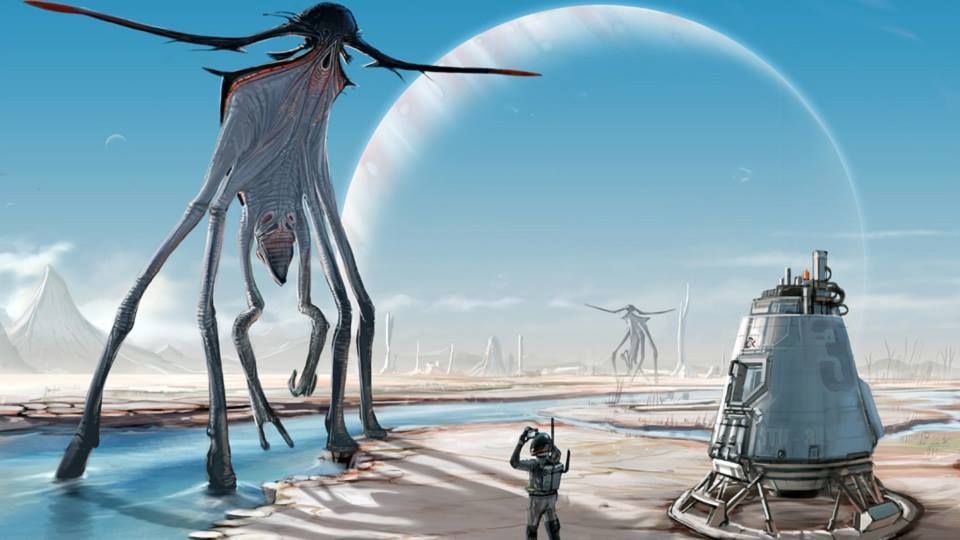 Submitted by SHABDA - Preceptor on
Submitted by SHABDA - Preceptor on

Chinese Astronomers Search for Alien Life
May 23, 2013
Chinese astronomers, actively searching for Earth-like planets using survey instruments in Antarctica, believe efforts to seek an extra-solar planet that that harbors life will soon be rewarded. "It's highly possible that human beings might find such a planet in the coming few years," said Lifan Wang, an astronomer at Texas A&M University in College Station, and director of the Chinese Centre for Antarctic Astronomy in Nanjing. "Such planets likely exist in the Milky Way, with a possible distance of thousands of light years from us. We know too little about life. Maybe there are new forms of life that do not need exactly the same environment as we have on Earth. Some can survive in very harsh environments," Wang added.
Chinese astronomers installed the first of three Antarctic Survey Telescopes (AST3-1) at Dome Argus, located at the highest elevation on the Antarctic continent, at the beginning of 2012. One of its primary missions is to search for extra-solar planets suitable for life.
Dome A may be the best place on Earth to gaze at the Universe, says Wang. At 4,093 meters above sea level, Dome A has an extremely thin and stable atmosphere, and the pressure is only half that at sea level. The extreme cold — temperatures can drop to –80 °C — makes the air very dry and reduces background radiation when observing in the infrared. There is almost no air pollution and the long winter nights allow for four months of uninterrupted observation.
"Antarctica has the best conditions on Earth for astronomical observation, as it has very flat ground, a transparent atmosphere and little turbulence. The ground-based telescopes here will bring us precious information from the universe," he said. "We will send people there to retrieve observation data. I hope we can find some likely candidates. It's hard to say precisely how many, but I hope there are no less than 10," Wang said. "So far, humans have yet to find an exact twin of the Earth."
"We search through a wide range of main sequence stars, mainly sun-like stars, and then look for planets within a suitable distance around them. Stars that are smaller and darker than the sun, such as dwarfs, are also in our survey scope," he said."If the stars are particularly large, they are inclined to evolve faster. Some will explode soon, and their planets will go missing after the explosion."
The second AST3 will be installed in Antarctica between late 2013 and early 2014, while the third one will be installed between late 2014 and early 2015. "These telescopes are expected to help us find at least 100 sun-like stars. We will work with Australian scientists to further study the movement of the stars to calculate their size," Wang said.
Chinese scientists are also planning to set up an Antarctic observatory to further boost their research and broaden the search for habitable planets. If approved and included in the 12th Five-Year Plan, the observatory should go into operation by 2020.
The Daily Galaxy via Nature and http://news.xinhuanet.com/
- 1835 reads